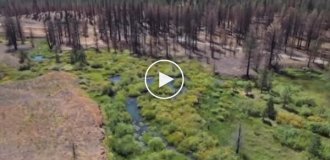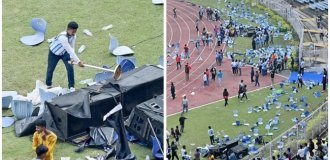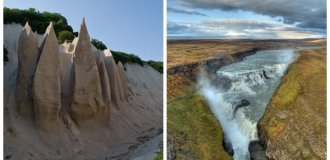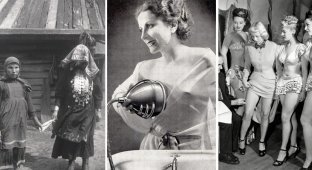30 Pulitzer Prize-Winning Photos That Still Shock People (31 photos)
Established in 1942, the Pulitzer Prize for outstanding photography was later divided into two categories: best feature photography and best news photography. This selection of black-and-white images features the winners in both categories, along with the compelling stories behind them. 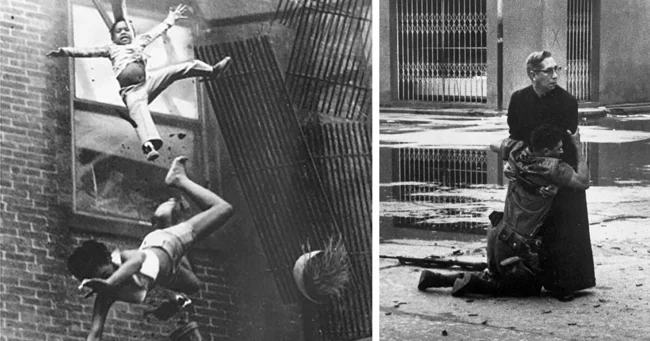
1. "Kiss of Life", 1968 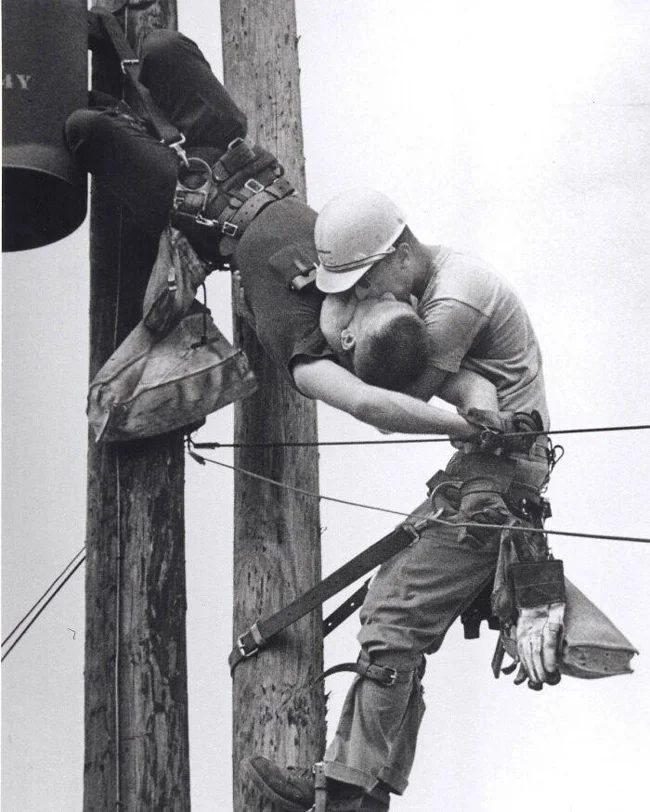
Photographer Rocco Morabito was driving when he noticed an electrician hanging upside down from his seatbelt, electrocuted by 4,160 volts. The photographer called an ambulance, while another worker climbed up and saved his colleague by giving him CPR. Morabito seized the opportunity and took the photo that earned him the prestigious award.
2. "Escape", 1966 
A mother and her children from South Vietnam try to swim across a river to escape attackers during Operation Piranha. When the photo won the Pulitzer Prize, photographer Kyochi Sawada went looking for the families in the photo and ended up giving them half of the winnings.
3. "Faith and Confidence," 1958 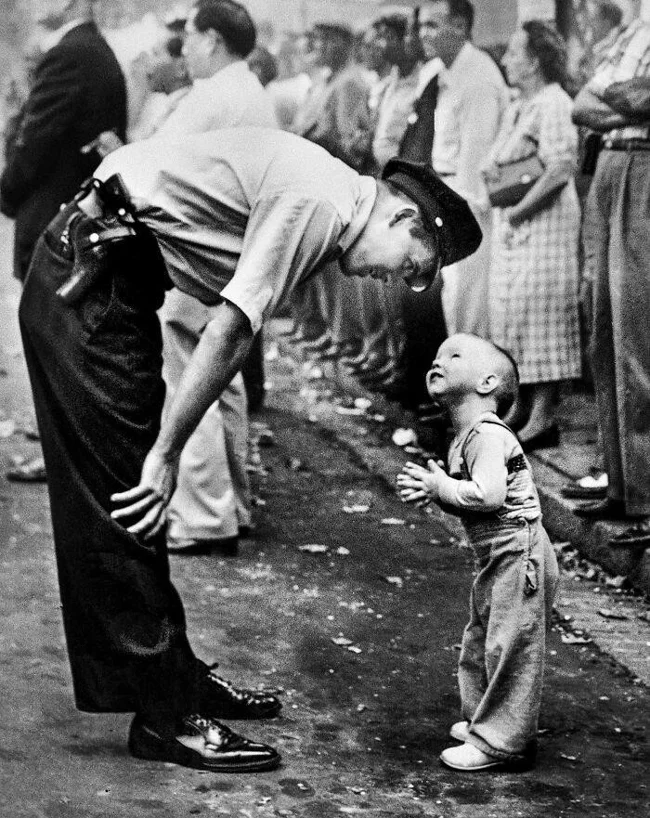
The photo shows police officer Morse Cullinan and two-year-old Allen Weaver during a parade in Washington, D.C.'s Chinatown. The officer warned the boy not to get too close to the dragons, and that's when photographer William S. Beall captured them on camera.
4. "Help from the Padre," 1963 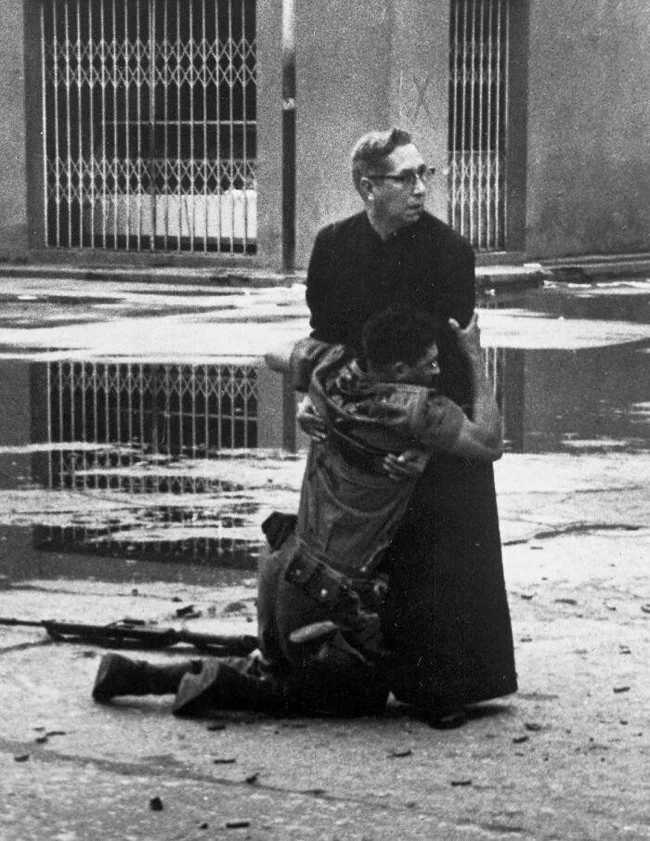
The judges were impressed by the drama and composition of this photo by photographer Hector Rondon. In the photos, a wounded soldier tries to stand up, leaning on a priest. Rondon said he doesn't know how he managed to get the photo, because the situation was more than tense, with bullets flying all around, since the photo was taken during a Marine uprising at a naval base near Caracas, Venezuela.
5. "Coretta Scott King," 1969 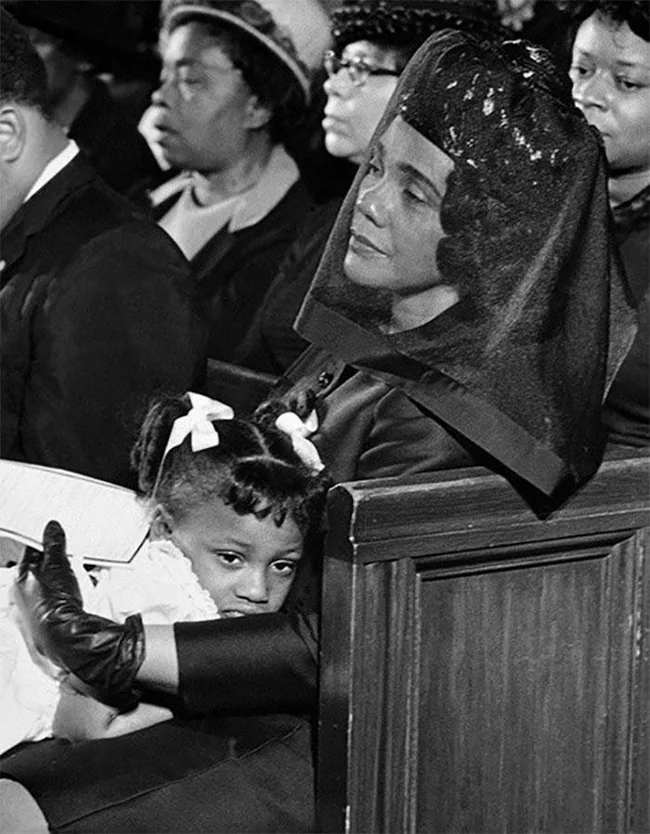
Moneta Sleeth Jr. photographed Coretta Scott King and her daughter Bernice during Martin Luther King Jr.'s funeral in April 1968. The day before his death, Martin Luther King Jr. assured his supporters that he was not afraid to die and that racial oppression would be defeated in the future.
6. "The Horror of War," 1973 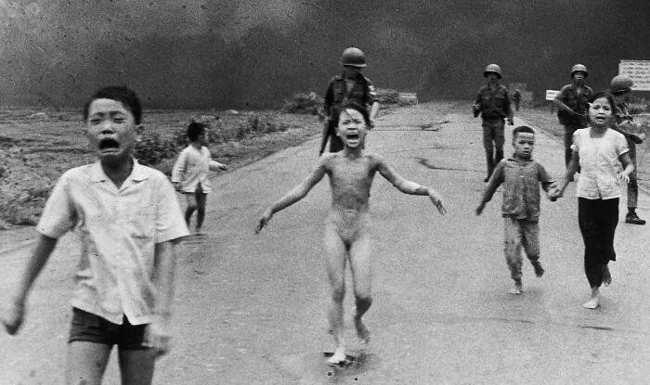
Nick Ut began taking photographs at age 16. Despite being wounded three times, he continued documenting the Vietnam War and won a Pulitzer Prize for his photograph of 9-year-old Kief Phuc running naked from a napalm bomb. Ut took her and other children to the hospital, where she stayed for 14 months and underwent 17 surgeries.
7. "Coming Home", 1944 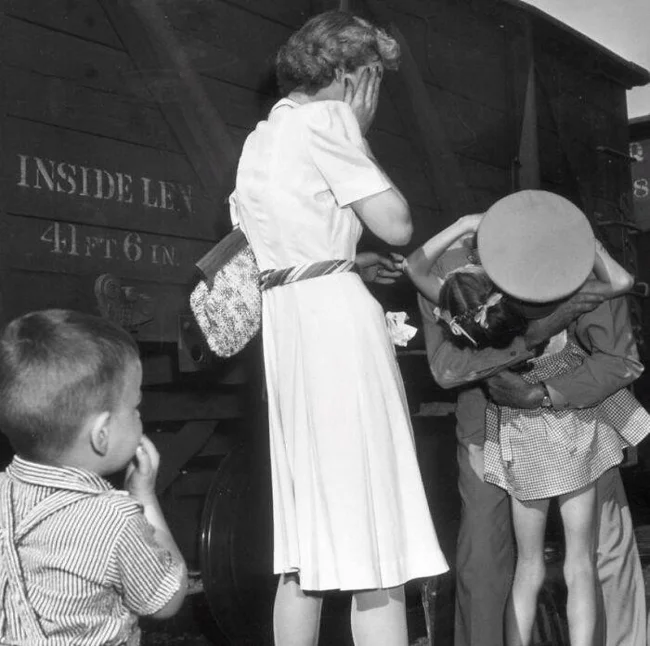
To take the photo "Coming Home", Earl Bunker waited more than 24 hours for the train carrying Lieutenant Colonel Robert Moore back from World War II to arrive. Bunker captured the moment Moore was reunited with his family, whom the soldier had not seen for 16 months.
8. "Pit River Bridge Rescue," 1954 
Virginia Shaw, the first woman and second amateur photographer to win a Pulitzer Prize, captured the dramatic scene with her Kodak Brownie camera when she had only two frames left. She was on a fishing trip with her parents when they witnessed the accident, which left the cab of a truck hanging 40 feet off the bridge. One of the rescuers in the photo is her husband.
9. "Fire Escape Collapse," 1976 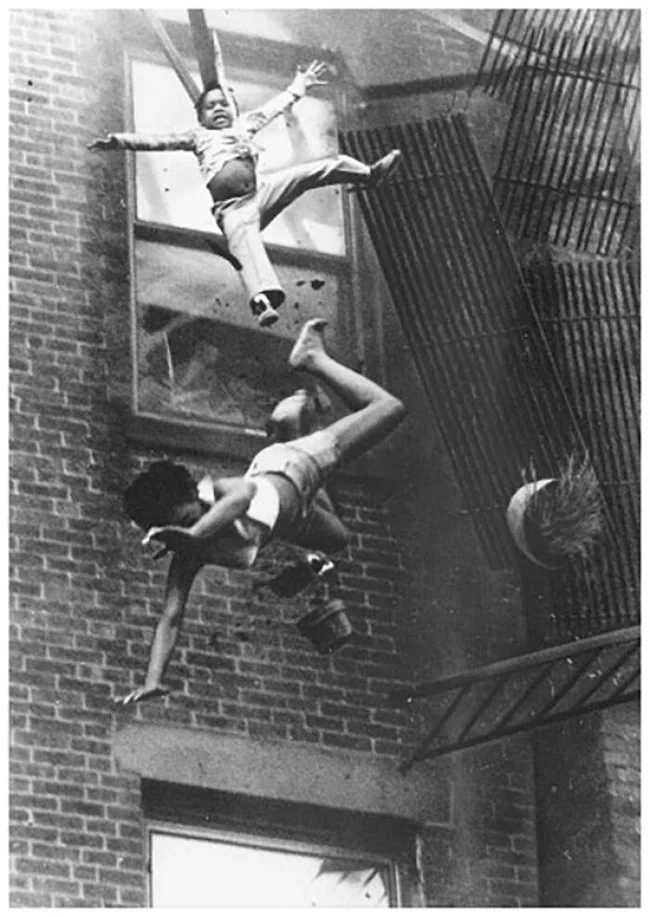
Pulitzer Prize winner Stanley Forman captured the fall of a 19-year-old girl and her two-year-old goddaughter from a fire escape as they tried to escape a fire in a Boston apartment building. The incident actually led to the passage of a new fire escape law in the United States. The girl survived because she landed on her godmother, who died hours later from multiple injuries.
10. "Refugees Fleeing a Destroyed Bridge in Korea," 1951 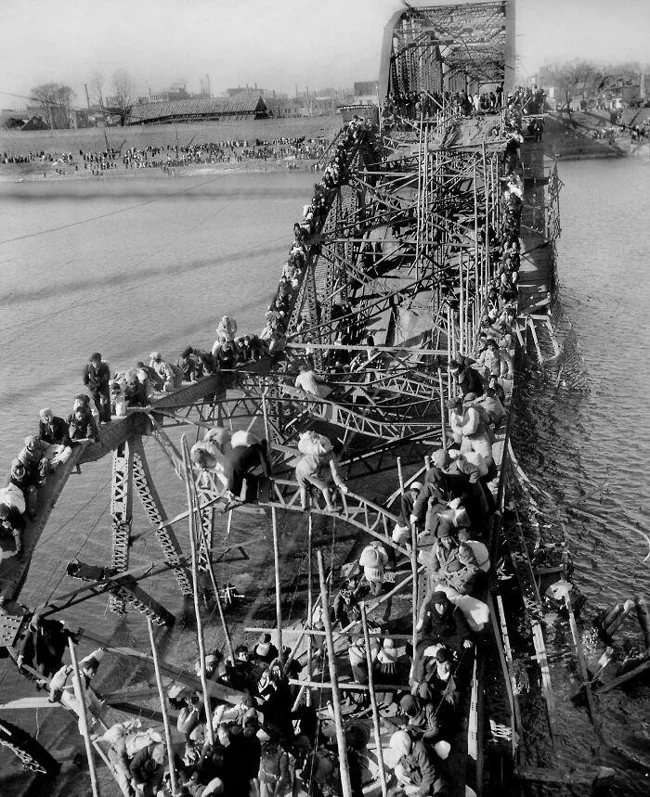
Photographer Max Desfort accompanied American troops on the front lines during the war between North and South Korea. On December 4, 1950, while driving through Pyongyang, he noticed a blown-up bridge across which hundreds of war refugees were trying to cross the Taedong River. It was very cold, and Max later recalled that due to the low temperature, he could barely press the shutter button.
11. "Raising the Flag on Iwo Jima", 1945 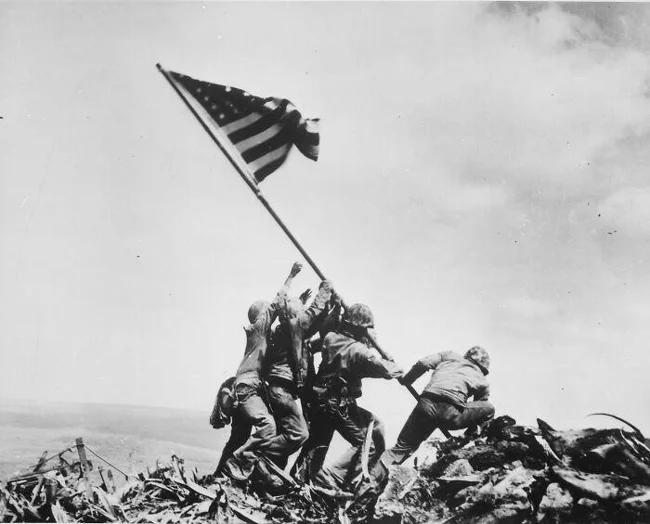
The authenticity of this iconic photograph has been questioned by many. It was taken by photographer Joseph Rosenthal during the final stages of the Pacific Theater of Operations. Here, U.S. Marines raise a flag atop Mount Suribachi on Iwo Jima. The climb to the top was so difficult that the photographer began to question whether it was worth it.
12. Tragedy by the Sea, 1955 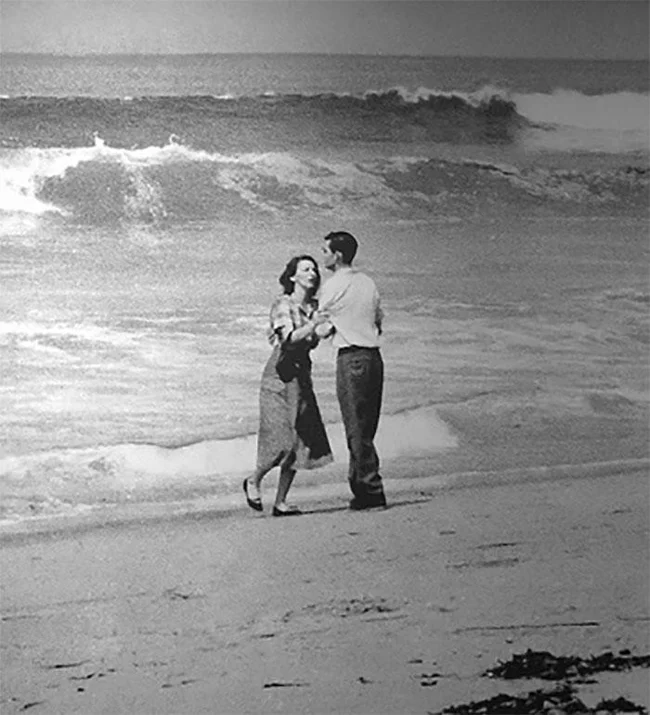
John L. Gaunt immortalized the tragedy of two parents who had just realized they had lost their child to the raging seas. The McDonalds were walking along the beach while their son Michael played nearby, and they didn't notice that he had been swept away by the waves.
13. Babe Ruth Takes a Bow, 1949 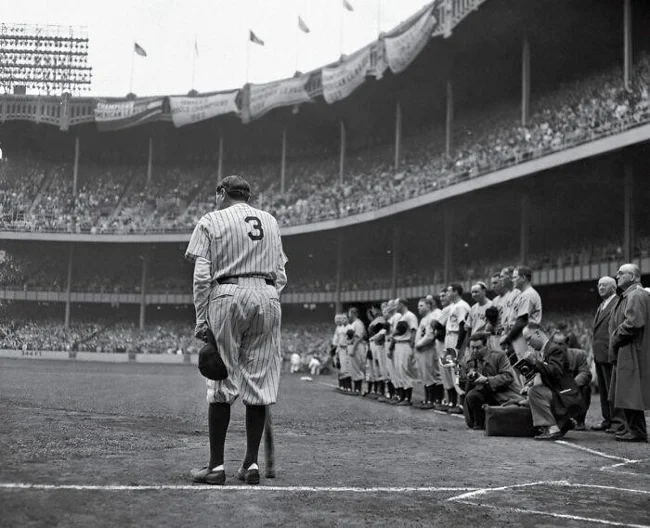
The first sports photo was taken during George Herman Erhardt's (aka Babe Ruth) final baseball game. Although Nathaniel Fein wasn't the only photographer at the game, he did better than most, capturing this photo of Ruth, wearing the number 3, leaning on his bat as a cane while the stadium applauded. Ruth died two months after Fein took this photo.
14. Ruby Shoots Oswald, 1964 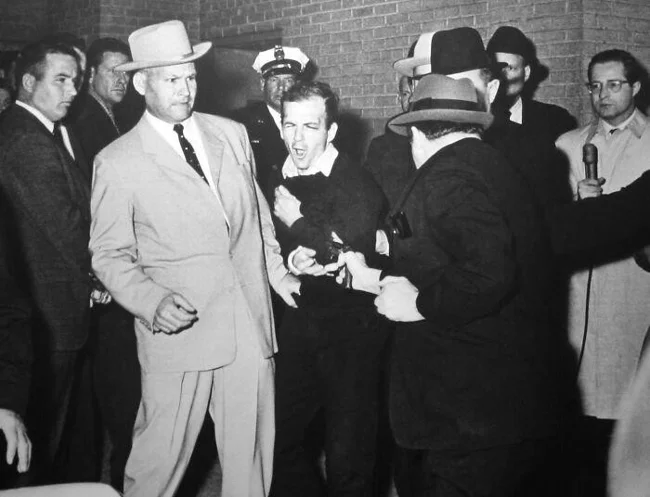
Photographer Robert Hill Jackson was assigned to cover Lee Harvey Oswald being transported to prison after he was convicted of assassinating President John F. Kennedy. The event took place in the basement of the Dallas Police and Courthouse, and Jackson positioned himself in a prime position to shoot, but his view was blocked by a man who, moments later, jumped forward and shot Oswald, just before Jackson could press the shutter.
15. "The Last Rites of Jose Rodriguez," 1960 
Former soldier Jose Rodriguez was one of thousands executed by Fidel Castro's men. Here he is given the last rites before being shot. The photo was taken by Andrew Lopez, who covered the Cuban revolution.
16. "A Flurry of Joy," 1974 
While the photo depicts a happy family reunion after Colonel Robert Stirm's return from a North Vietnamese prison camp, there is a sad story behind it. Three days before Stirm's return, his wife sent him a letter announcing her intention to end the marriage. Stirm himself admitted to having mixed feelings about the photo, which was meant to represent hope and healing.
17. "Tokyo Attack," 1961 
This incident during a tense Japanese election took place in front of 3,000 people. When the situation got out of hand, an angry student pulled out a long knife and plunged it into the politician's stomach in the photo. Photographer Yasushi Nagao captured the moment the boy pulled out the knife to stab him a second time. The photo appeared in many American newspapers, and Nagao became the first foreign photographer to win a Pulitzer Prize.
18. "Three Photographs from the Guerrilla Areas of Rhodesia", 1978 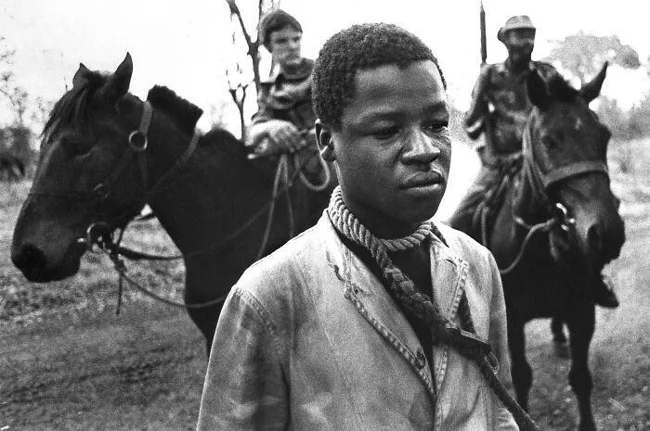
The authenticity of J. Ross Bowman's series of photographs documenting the brutality of prisoners by Rhodesian security forces has been questioned by some. While the controversy raged, Bowman continued to work and lectured on journalistic ethics and methods at various universities and other educational institutions.
19. "Shooting in Iran", 1980 
For the first time in history, the prize was awarded anonymously to protect the photographer. The photo shows 11 Kurds being shot by Islamic supporters of Ayatollah Khomeini. Iranian authorities tried to force the newspaper to reveal the photographer's name, but the editors refused. In 2016, with the photographer's permission, his name was made public: the photo was taken by Jahangir Razmi.
20. “Water!”, 1943 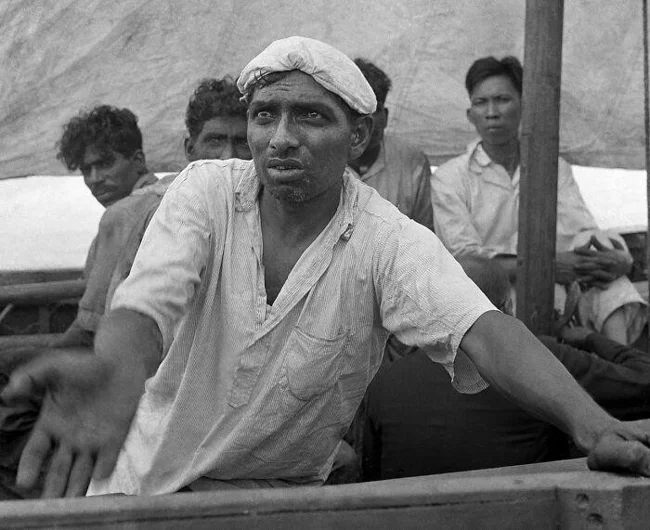
Frank "Pappy" Noel, the second winner of the Pulitzer Prize for Photography, captured a sailor in a lifeboat holding out his hand, begging for water. Noel was in another lifeboat, his ship having been sunk by a Japanese torpedo in the Indian Ocean, and his lifeboat had also run out of water.
21. "Ford Strikers Revolt," 1942 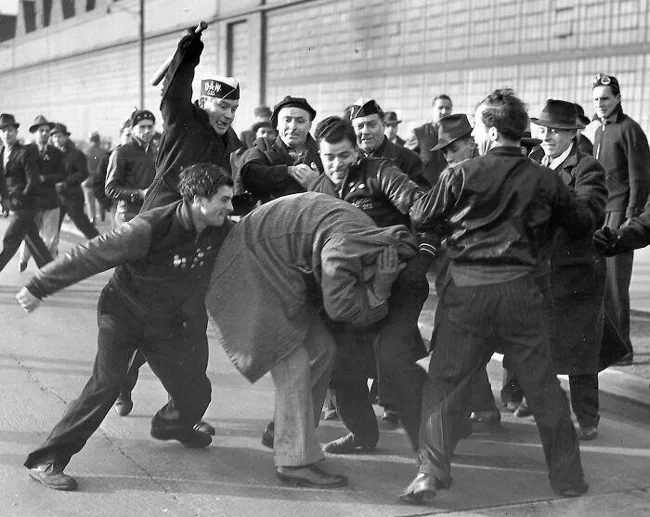
The photograph was taken during the Ford strike in 1941. Milton Brooks quickly snapped the photo from under his coat, blending into the crowd to avoid being seen because they would try to smash the camera.
22. "The Johnny Bright Incident," 1952 
A series of photographs by John Robinson and Don Ultang document a racial conflict involving African-American player Johnny Bright during a college football game in Stillwater, Oklahoma. The photographers deliberately pointed their camera at Bright after hearing rumors that he was being hunted. The photographers were about to leave after the first quarter of the game, and that's when Bright was knocked down three times by opponents, and then took an elbow that broke his jaw.
23. "Serious Moves," 1962 
This photo was taken during a meeting between John F. Kennedy and Dwight D. Eisenhower about the Cuban missile crisis. The secretary said "no more photos," and Paul Vatis managed to snap two shots from behind.
24. "Death Leap from Burning Hotel," 1947 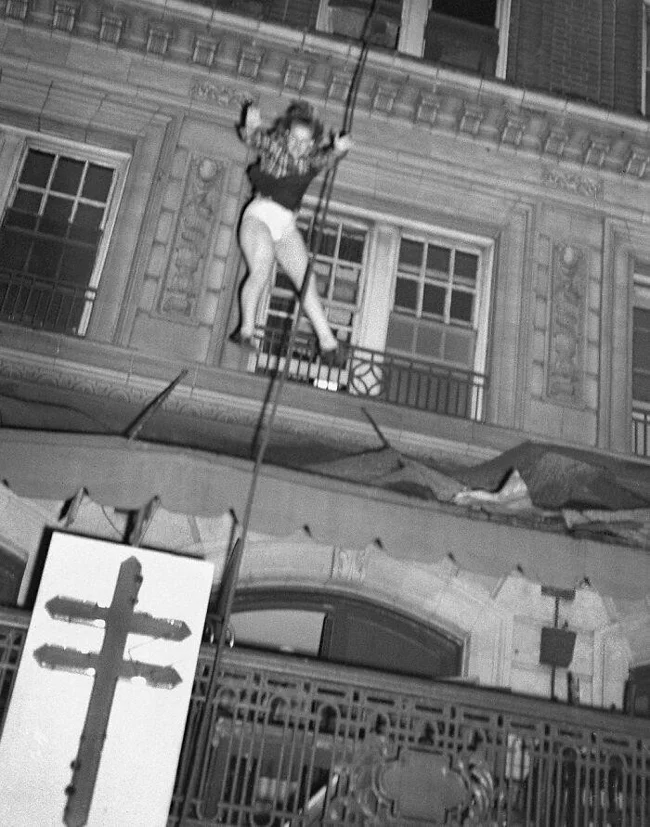
This photo of the Atlanta hotel fire that killed 119 people was taken by a 24-year-old Georgia Tech student. He captured the horrific event with a Speed Graphic camera, and his last flash bulb was still on. The Associated Press offered the student a job, but he turned it down and went into business manufacturing X-ray equipment.
25. "The Assassination of James Meredith," 1967 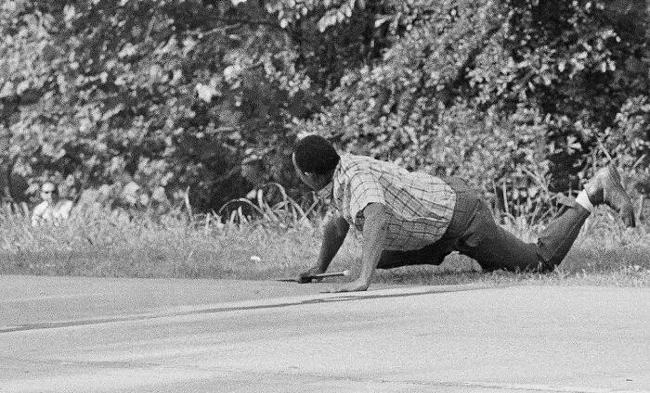
During the 1966 Mississippi March Against Fear, snipers wounded civil rights activist James Meredith, and Jack R. Thornell captured the assassination in a photo that won him a Pulitzer Prize.
26. "The Boy Delinquent and the Hostage," 1948 
The photo shows two 15-year-old boys: Ed Bancroft holding Bill Ronan hostage. A robbery had taken place in the alley nearby, and the police approached Ed to question him as a witness. The boy pulled out a gun, shot one of the police officers, and took Bill hostage. Photographer Frank Cushing, who was on assignment nearby, quickly found a better vantage point on the back porch of a neighboring house.
27. "Adlai Stevenson," 1953 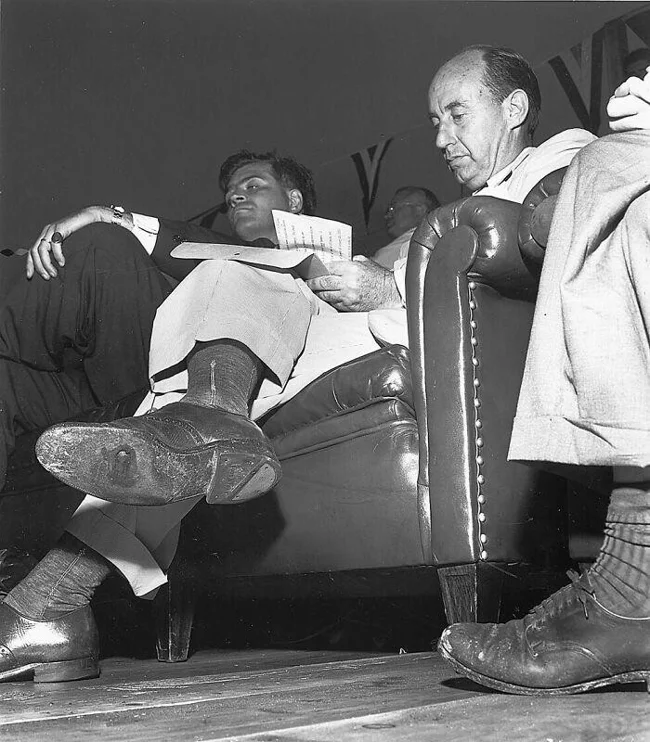
William M. Gallagher had to kneel at the stage to take a photo of Democratic presidential candidate Adlai Stevenson, including a hole in his right shoe. After the photo was published, Stevenson was practically inundated with new shoes.
28. "Guns on Campus," 1970 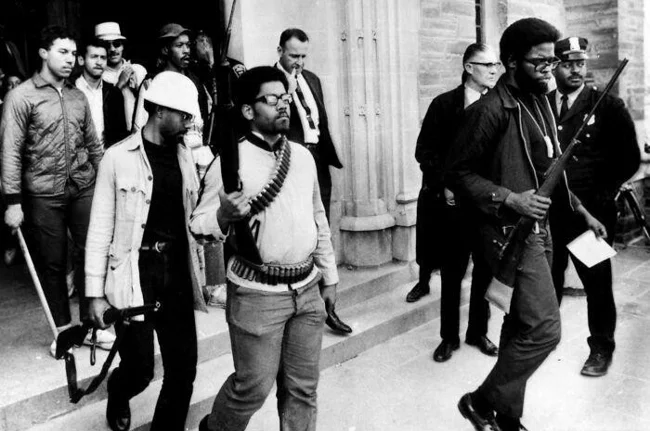
Steve Starr captured the student revolt against the status quo on the campus of Cornell University in New York. The photo shows armed students leaving the building they had just occupied and held for 36 hours.
29. "Air Show Collision That Never Happened," 1950 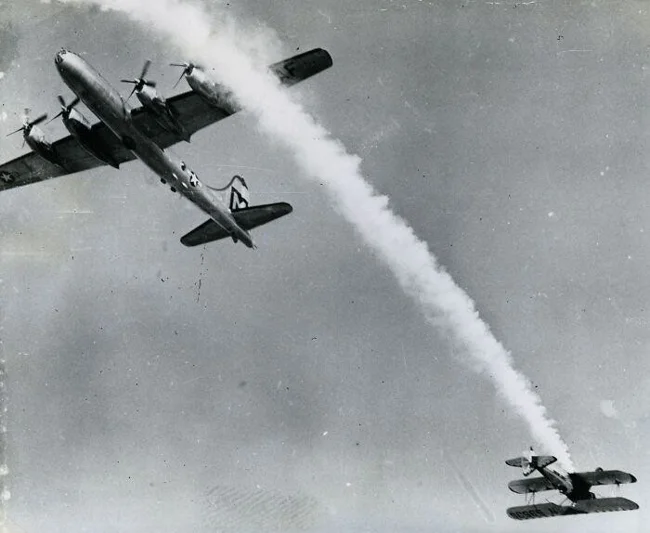
Bill Crouch was watching an air show with 60,000 other spectators when a biplane and a massive B-29 nearly collided in mid-air. The plane was supposed to fly through the biplane's smoke trail and made the maneuver too early, but tragedy was narrowly avoided.
30. "Andrea Doria Sinking," 1957 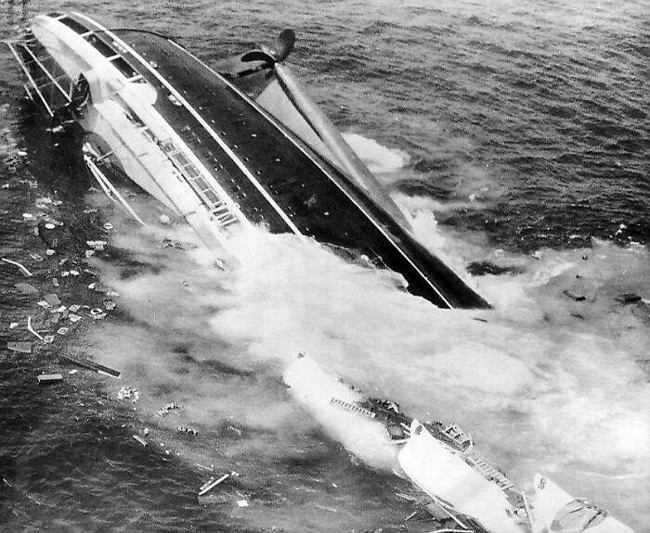
Harry Trask captured the dramatic crash of the luxury airliner Andrea Doria from a small plane, despite suffering from airsickness. He had the pilot fly over the scene several times, resulting in 16 photographs, including this one, number 2, which won the Pulitzer Prize.

